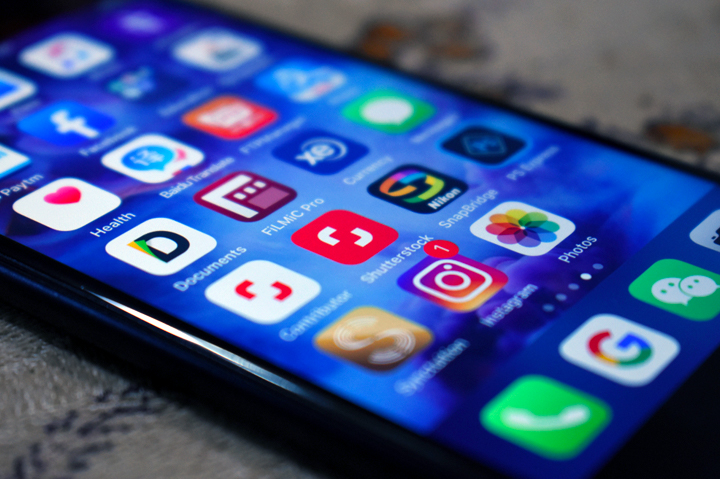News May 25, 2022
Tap Into Paid Social
Increase your exposure to target audiences by paying for expanded reach on social media platforms.
You take precious time away from prospecting and selling activities to generate content for social media. You capture fun photos of new products, think up witty copy, include a call-to-action and post it at the day and time that your analytics have indicated are when most of your target audience is using a specific platform. And … crickets. Few people engage, even fewer people actually click and take action. What’s the problem?

Organic social media – content posted for free – is completely dependent on a platform’s particular algorithms that day, or what it chooses to show to users. Oftentimes, content is quickly buried under the millions of pieces of information that rapidly follow. It’s nearly impossible to predict exactly how many people will even see it.
If you’re getting frustrated at your lack of reach, it may be time to invest in paid social. At a relatively low cost, businesses can pay for increased exposure for content. It guarantees that people will see it, and you can target very specific audiences.
It’s a segment of social media that’s growing by leaps and bounds. Market data firm Statista reports that marketers spent just over $40 billion on paid social media in 2020, which increased to nearly $49 billion in 2021 as people spent more time shopping on social media during the pandemic; spending is on track to exceed $56 billion by the end of this year.
Tap into Paid Social on Biteable.
But organic social media still has its place: Posting for free builds a business’ digital presence and leads to opportunities to engage with other users. Paid posts boost brand awareness, extend reach to new audiences and can help promote products and services.
If you think you’re ready to give paid social a shot, here’s how to get started.
1. Choose wisely.
You don’t have to pay for reach everywhere. First, figure out where your target audience spends the most time, whether that’s Facebook, Instagram, LinkedIn, TikTok or elsewhere, and focus your efforts there. Platforms also have different pricing plans, including options such as cost-per-like, cost-per-click, cost-per-conversion and others. Check out the plans and create a monthly budget for advertising on social; experts recommend about $10 a day to start.
2. Determine objectives.
Figure out the ROI you want for what you’re paying for. Maybe it’s a certain number of clicks per paid post, or a specific number of people reaching out to you directly expressing interest in the product or service. Monitoring the return will let you know where you may have to adjust. You can also target specific prospects with location-based ads.
$49 billion
what marketers spent on paid social in 2021, a year-over-year increase of 22%.
(Statista)
3. Get creative.
Don’t expect the paid bump in reach to do all the heavy lifting. Make sure the post includes compelling copy, quality imagery, a persuasive call-to-action and correct contact information. The frequency of appearance in a feed may increase, but you still want your target audience to stop scrolling and take the time to click.
4. Track with data.
Use the platform’s built-in analytics tools to see how your paid social performs. Post different types of content at varying times of the week with unique calls-to-action and see how they do. You’ll see how your content resonates with your target audience, and you can make adjustments as needed to improve your paid social strategy.
